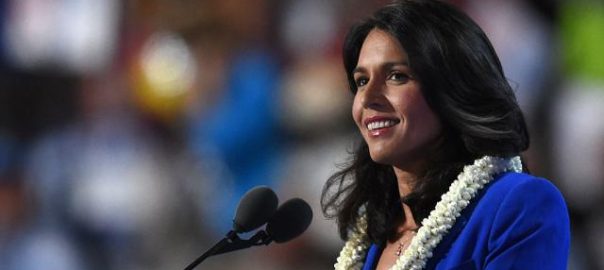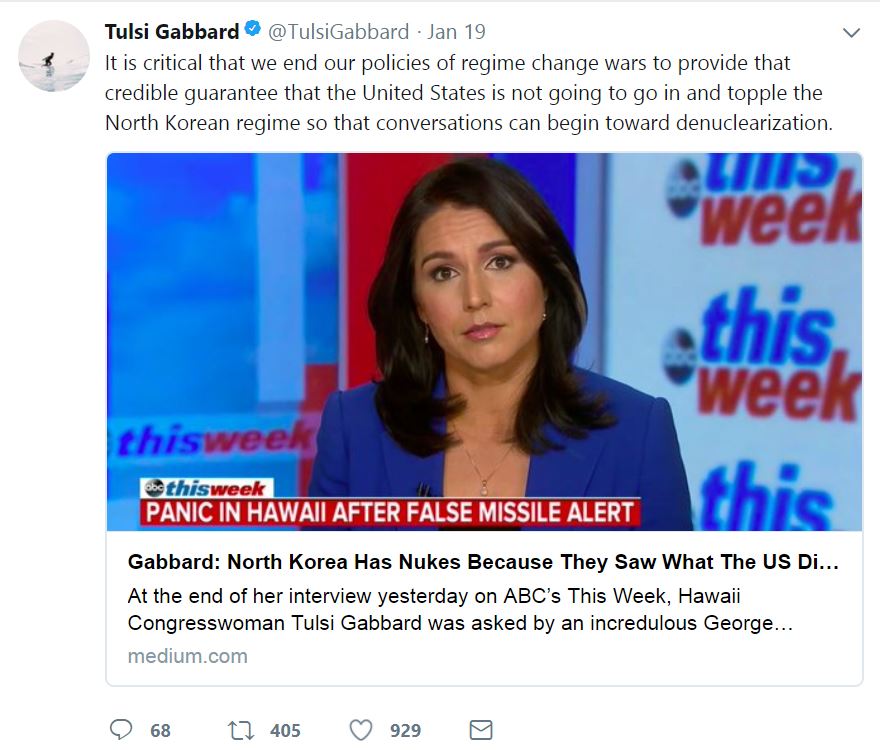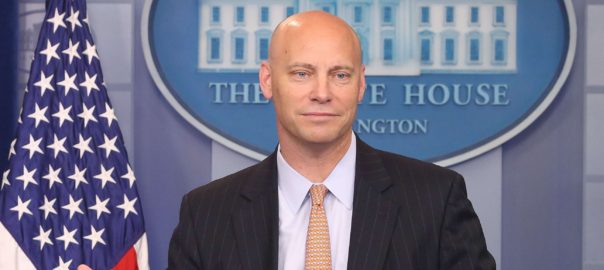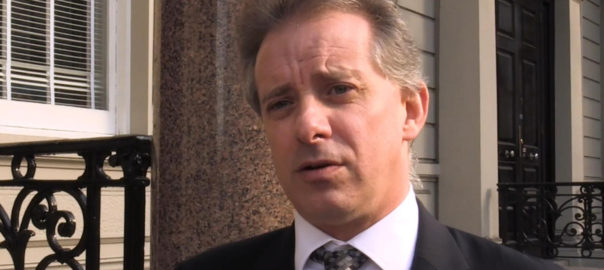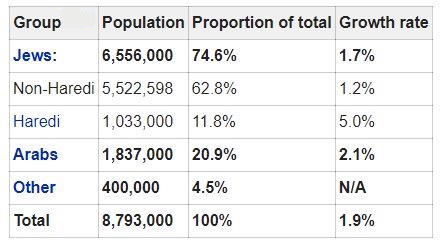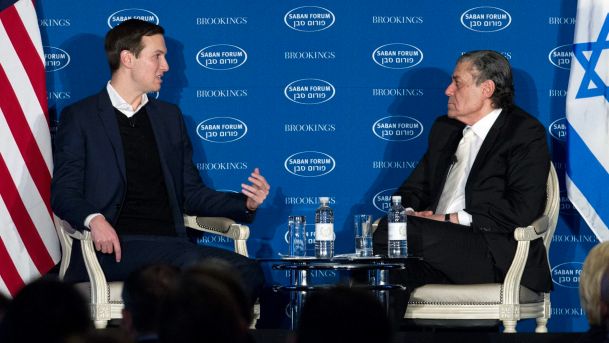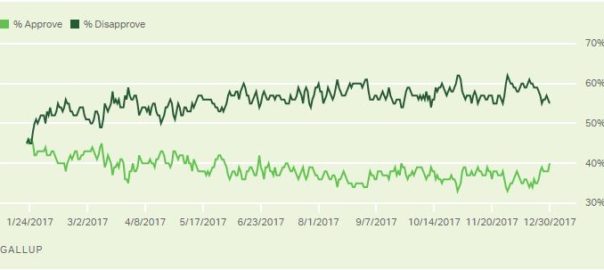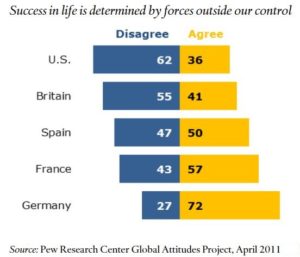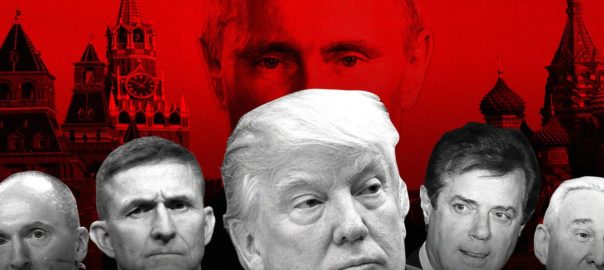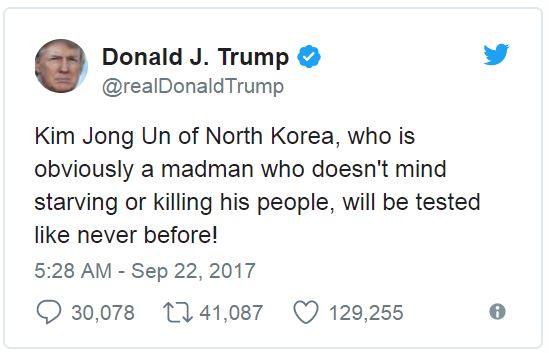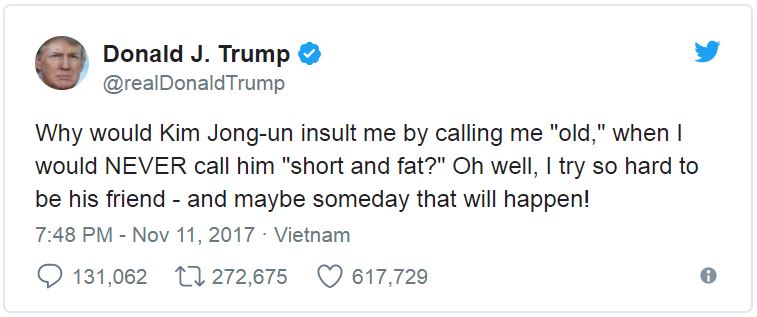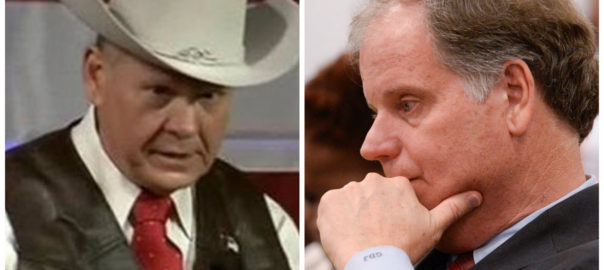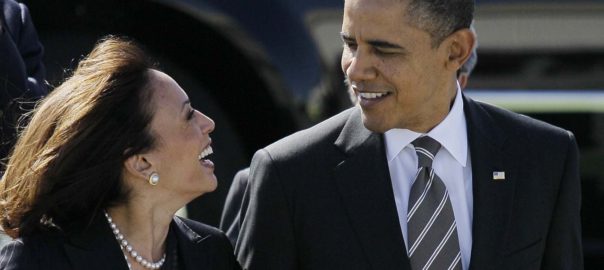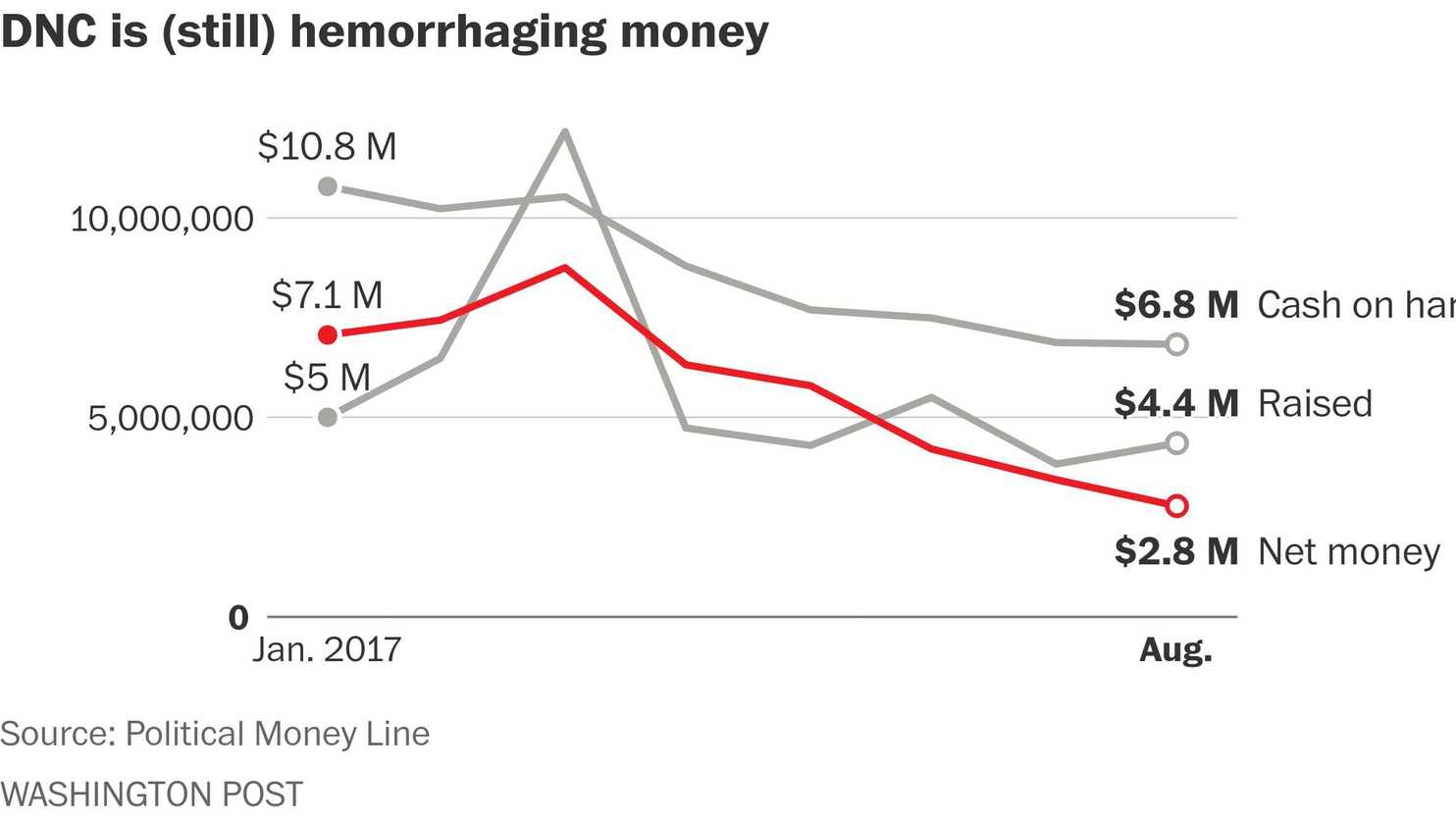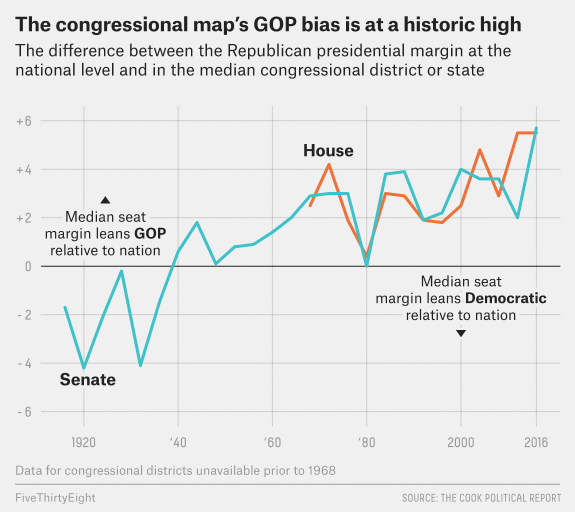By Kent R. Kroeger (Source: NuQum.com, January 25, 2018)
Hawaii Democratic Rep. Tulsi Gabbard doesn’t resort to name-calling, sticks to the known facts, and focuses on problem-solving through inclusion and compromise. In other words, she seems completely out of place in today’s partisan political climate.
She also provokes party elders when she exposes the Democratic Party’s hypocrisy, be it how the Obama administration helped in arming Islamic terror groups in Syria or the undemocratic super delegates the Democratic National Committee (DNC) includes in the selection process for the party’s presidential nominee.
“Gabbard has managed to put together a coalition that is unheard of for Democrats,” says The Hill’s Michael Starr Hopkins. “Never before have we seen a Democrat who has managed to receive praise from Bernie Sanders and Steve Bannon at the same time. Gabbard clearly has no fear when it comes to upsetting the leadership of her party.”
Underwriting her many qualities is her instinctive aversion to elite-sourced, media-propelled group-think. When the U.S. media was quick to condemn Syrian President Bashar al-Assad for chemical attacks in Khan Shaykhun, Gabbard said the U.S. needs to pull the reins before jumping deeper into another regime change war in the Levant.
Based on her suggestion the U.S. should get the facts before jumping deeper into a Middle East civil war, former Vermont Governor Howard Dean said she shouldn’t even be in Congress. So much for the Democratic establishment trying to mend the deep divisions in the party following the 2016 election debacle.
The establishment wing of the Democratic Party, led by Obama and Clinton acolytes and funded by Wall Street, Silicon Valley and Big Pharma power brokers, is on a poorly-disguised mission to excise the Bernie Sanders-inspired progressives from the party.
As for former DNC-chair Dean, he is nothing more than the establishment’s hatchet man who is funnel-fed talking points by his puppet masters before every CNN or MSNBC appearance — a political bottom feeder desperately seeking approval from an elite club to which he has never been fully accepted.
Yet, for all her criticism of the Democratic Party establishment, Gabbard is in truth a natural team player whose consensus building skills were honed as an officer in the U.S. Navy. She doesn’t just launch arrows at power elites for the sake of it, but instead seeks solutions to endemic problems. It is what any well-trained military officer or concerned citizen would do.
With an officer’s discipline and an outsider’s swagger, she doesn’t shrink when confronted by people like Dean. At the same time, she refuses to burn the house down in the same vein as Donald Trump’s populist takeover of the Republican Party.
Gabbard is a loyal Democrat more than willing to criticize her own party when she thinks they are going astray, but unwilling to discard the party’s post-Great Depression heritage as the party of the working class and socially dispossessed.
When in October 2017 the DNC chair Tom Perez announced the party would purge the apostates from its ranks (i.e., Bernie Sanders and Rep. Keith Ellison supporters), Gabbard called Perez out:

“Last year’s presidential primary revealed deep divides within the Democratic Party that went far beyond substantive issue differences,” said Gabbard as she outlined her differences with the Democratic Party establishment and its new chair Tom Perez. “Now I wish I could say things have gotten better, but its just not true. Recently the DNC chair, claiming diversity, removed a number of people from the Executive Committee, including Jim Zogby, the only Arab-American, while allowing lobbyists and consultants to keep their positions.”
What did those removed from DNC leadership have in common? They were supporters of progressives like Bernie Sanders and Minnesota’s Rep. Keith Ellison.
Unfortunately for Gabbard, her entreaties towards the Democratic Party have been drowned out by the angry mob forming around the Donald Trump administration.
Trump has sucked the oxygen out of the political atmosphere to the detriment of Democrats, like Gabbard, who still have meaningful issues with how their party is being managed.
The #Resistance provides the Democrats’ its juice right now, but Trump hysteria is not a substitute for real ideas. After two years of Trump-driven anti-immigrant tumult in the Republican Party, it is still easy to know what else the Republicans stands for: lower taxes, less government and a stronger military. You don’t have to agree with those ideas, but its hard to deny the Republicans’ ownership of them.
It is still hard to summarize the organizing theory behind the 2016 Hillary Clinton campaign. Her campaign was built on a resume, not ideas. Bennie Sanders, in contrast, was all about ideas — even if some (most?) were fiscally infeasible.
At some point, the Democratic Party must open up an internal debate centered on ideas across many viewpoints. For the party to benefit from such a dialogue, the range of ideas considered cannot be artificially constrained using a top-down approach directed by the narrow priorities of Wall Street, Big Pharma, Silicon Valley, health insurers and defense contractors.
The #Resistance does not — cannot — address that problem within the party. Nor can purging the party’s leadership of progressives.
“The most pitiful thing in the world is a mob”
Democrats would be well-served to reacquaint themselves with Mark Twain who wrote about the social disutility of mobs in Huckleberry Finn.
As a child of the pre-Civil War South, Twain was dubious of mobs. In fact, he saw them as largely populated by “laggards, frauds, hypocrites and cowards.”
In Twain’s Huckleberry Finn, a store owner, Colonel Sherburn, guns down a local drunk, prompting an angry crowd to gather outside his store.
As the mob grows larger and starts calling for the Colonel’s lynching, the Colonel emerges from his store with a shotgun in his hand and promptly delivers a pointed rebuke about the mob’s supposed courage:
“The most pitiful thing in the world is a mob,” chides the Colonel. “That’s what an army is, a mob. They don’t fight with the courage they’re born with. They fight with courage borrowed from their numbers and from the leaders.”
In the end, the leaderless mob in Twain’s story backed down.
But, in reality, mobs don’t always go away quietly and can sometimes change history, especially when manipulated by savvy political elites. Plato in fact theorized that all democracies will eventually turn into tyrannies once political elites learn how to control the mob’s passions.
Today, Plato’s warnings are ominously cited with the rise of Donald Trump. Whether Trump is exemplary of tyranny’s eventual rise is debatable, but it is impossible to deny his ability to capture the hearts and minds of millions of Americans.
But its not just Trump that can appeal to the masses. The Democrats have proven equally adept at it.
The #Resistance and #MeToo rallies across the U.S. marking Trump’s first year in office were large and passionate. It is not a phony outrage being expressed in these marches. And they certainly aren’t mobs, in the negative sense. These marchers are genuinely frightened about the person occupying the White House.

However, lurking beneath the legitimate concerns of millions of Americans participating in these marches is a more cynical force, opposed by Gabbard and other progressives, that aims to co-opt the Resistance‘s energy and money for its own narrow partisan purposes.
Establishment (or corporatist) Democrats, represented by former Obama administration officials, former Hillary Clinton campaign operatives, and senior congressional leaders, are deeply wounded by the Trump presidency and determined to regain control of the government.
To do so, they believe they must first assert total control of the Democratic Party — except with one caveat — they can’t make it appear like that is what they’re doing.
Women (of all ages) and millennials are the fuel behind the #Resistance. While survey data is still sketchy on the political preferences of the #Resistance, it is a reasonable assumption that many are Bernie Sanders-aligned progressives.
The corporatist Democrats therefore have to be careful how they handle the progressive wing of their party — the wing that in 2017 raised much of the over $522 million taken in through the ActBlue fundraising platform.
Alienate the progressives and you may create a meaningful third party in this country, not large enough to win elections necessarily, but large enough to tip the balance in favor of the Republicans in electorally competitive states and congressional districts.
So when recent polling data shows Vermont Senator Bernie Sanders is the most popular politician in the U.S. — this fact does not go unnoticed within the Democratic establishment and its bureaucratic arm, the DNC. In a January 2018 Fox News poll, Bernie Sanders received a favorable rating from 61 percent of respondents (compared to only 32 percent that gave him a negative rating), giving him a net positive rating higher than all other politicians in the poll.
More distressing to corporatist Democrats is the knowledge that Bernie Sanders’ supporters in 2016 skewed young and did not turn out in numbers high enough to earn Hillary Clinton the presidency. They never loved Hillary the way they loved Barack Obama.
Therefore, how do you handle the progressive Democrats if you are part of the party establishment that needs their votes (and money), but not their attitude?
First, you purge their ranks from the party’s top leadership organs, including its Executive Committee and Rules and Bylaws Committee. Citing diversity issues, new DNC chairman Tom Perez announced in October 2017 the removal of:
- Ray Buckley, the New Hampshire Democratic chairman and longtime DNC official who ran against Perez for chair before backing Rep. Keith Ellison (D-MN), from the Executive Committee and DNC Rules Committee;
- James Zogby, the president of the Arab American Institute and prominent Sanders backer, from the Executive Committee;
- Alice Germond, the party’s longtime former secretary and a vocal Ellison backer, from her at-large appointment to the DNC; and,
- Barbra Casbar Siperstein, who supported Ellison and Buckley, from the Executive Committee.
The ‘diversity’ rationale for their removal is curious given two are women and one is an Arab-American. What they do have in common is their past support for progressive candidates, like Sanders and Ellison.
Soon after these dismissals, comedian-turned-podcast-pundit Jimmy Dore asked, “Imagine if Trump got rid of the only Arab-American on their executive commitee?” The Democrats would have launched a holy-crap-fest on CNN and MSNBC; but, Tom Perez and the DNC do it and there is silence, except for one congresswoman from Hawaii with a wolverine’s tenacity.
Even Sanders and Ellison were mostly quiet during Perez’ progressive purge.
“The DNC’s move to cast out those who haven’t fallen in line with the establishment and were actually demanding real reforms is destined for failure,” says Gabbard. “We must make sure our voices are heard now as we fight for a path forward that is more inclusive and actually strengthens our democracy.”
If purging Berniecrats from the party leadership wasn’t enough, Perez and the DNC have yet to rollback, much less eliminate, the undemocratic super-delegate system that has been so crucial to the anointment of the party’s past presidential nominees.
Perez has indicated his support for the Democratic Unity Reform Commission’s December 2017 recommendation to reduce the number of super delegates by 60 percent. However, as of late January 2018, the Democratic Party’s super delegate system remains in place and cynics can be forgiven if they believe Donald and Melania will sleep together before the Democratic Party gets rid of super delegates.
The disproportionate power of super delegates is hard to ignore.
In terms of all 2016 convention delegates Hillary Clinton beat Bernie Sanders by 913 delegates (2807 to 1894, respectively). However, Clinton benefited from a 602 to 48 advantage in super-delegates, and while Clinton still would have won without her super-delegate advantage, their omnipresent status suppresses the fundraising potential of non-establishment candidates like Sanders who, otherwise, might have a legitimate chance to secure the nomination.
“We need to get rid of the undemocratic system of super-delegates who literally have the power to swing an election, making up one-third of the votes any candidates needs to secure the nomination,” says Gabbard, who is calling for an “open, inclusive and transparent Democratic Party that best represents and serves the people.”
“Tulsi, good luck with that,” chides Dore, who has openly feuded with other progressive activists, like The Young Turks founder Cenk Ugyur, by advocating Berniecrats break from the Democratic Party altogether and form a third party.
Gabbard, to her credit, doesn’t entertain such self-destructive notions. She is a Democrat and fully intends to rise or fall, politically, as a Democrat.
Still, when DNC chair Tom Perez and the Obama-Clinton wing of the party continue to stonewall on changing the party’s closed, exclusive and secretive nature, even Gabbard must have doubts about her own role in the party’s future.
“Name-calling accomplishes nothing…lets focus on policy”
Gabbard’s distance from Democratic Party’s mainstream couldn’t have been more evident than during Trump’s “shithole” controversy when congressional Democrats were lining up on the cable news networks to call Donald Trump ‘a racist.’
When it was Gabbard’s turn to address Trump’s immigration-related comments, she didn’t parrot the Schumer/Pelosi-approved talking points. Instead, we heard this:
“Do you believe the President of the United States is a racist?” CNN’s Wolf Blitzer asked Gabbard.
“I think name-calling is beside the point and doesn’t actually accomplish anything,” Gabbard replied. “What (the American people) are concerned about is what do Donald Trump’s policies mean to them.”
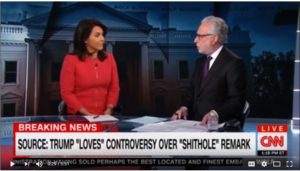
Had that answer come from any other congressional Democrat, Blitzer would have pressed the issue, but in Gabbard’s case, he knew she wouldn’t take the bait. She’s not that kind of Democrat. Everyone knows that…even Wolf Blitzer.
Gabbard refuses to burn down the entire D.C. political house just for some short-term partisan advantage. In other words, she’s a not a good establishment Democrat.
As of today, Gabbard leads a lonely rebellion for the soul of the Democratic Party. Are the Democrats going to continue their allegiance to big donors from Wall Street, Big Pharma, Silicon Valley and Hollywood? Or will they become a genuine leftist party dedicated to representing the interests of working-class and progressive Americans?
Establishment Democrats are using misdirection to hide their true intentions
Magicians use misdirection to draw the audience’s eyes away from the trick that is actually going on.
Establishment Democrats are doing the same with the grassroots-driven #Resistance and #MeToo movements. These movements are being exploited by Democratic Party leaders in order to keep progressive voters solidly in the Democratic fold, even as the same leadership works day-by-day to expel progressives from prominent roles within the party.
As former Bernie Sanders operative Nick Brana says, “The Democrats would rather lose to Donald Trump than win with a progressive at the top of their ticket.” But Perez and the DNC have found a way to keep that fact away from rank-and-file progressives: Keep their attention focused on that shiny object called Donald Trump.
The #Resistance and #MeToo movements are also a convenient vehicle for establishment/corporatist Democrats to distract the party’s progressives from the substantive economic and foreign policy issues that still divide the party.
Even the collective horror of the Trump administration can’t make these divisions in the Democratic Party go away.
For example, Sanders’ push for a ‘Medicare-for-All’ health care system is getting effete, costless support from congressional Democrats, including likely presidential candidates Senators Kirsten Gillibrand (D-NY) and Kamala Harris (D-CA), but there is zero indication that such a plan is embraced by the Democratic Party’s biggest donors in the insurance, health care, and investment bank industries. Bernie can slouch through a thousand CNN town halls on ‘Medicare-for-All,’ it won’t convince establishment Democrats that such a plan is feasible in today’s political and budgetary environment.
The New York Times opined a ‘Medicare-for-All’ proposal would sink the Democratic Party in the 2018 and 2020 elections and has suggested a more modest increase in Medicare coverage would be more feasible. And if the opinion comes from the editorial board of The New York Times, its as good as coming from Chappaqua, New York itself.
But its not just economic policy where the Berniecrats separate from their Democratic establishment sisters and brothers. When the Trump administration signaled that there would be an open-ended U.S. military presence in Syria until the Assad regime is overthrown, no Democratic congressional leaders voiced disapproval at this policy change. Of course they didn’t…Hillary Clinton and Barack Obama created the original policy!
If you loved the neocon-inspired regime change wars of the George W. Bush presidency (and their semi-reluctant continuation under Obama), the establishment Democrats are already lining up for a new one in Syria to be administered by the next Democratic administration.
Gabbard, not surprisingly, stands virtually alone in the U.S. Congress fighting our country’s bipartisan regime change policies in Syria and North Korea. Even Sanders takes a back seat to Gabbard’s vocal and consistent call for this policy change.
The #Resistance brings in the money, but will it unify the Democrats?
As small donor money rolls into the anti-Trump movement and to other grassroots Democratic organizations — though not to the DNC whose fundraising continues to lag seriously behind the Republican National Committee’s totals — Perez supervises the party’s progressive purge.
Gabbard’s calling out this DNC policy, as yet, has had little impact. Quite the opposite, it just prompts her critics to cycle through the old criticisms:
- “She’s an overly ambitious opportunist.” (Truth: That’s what they said about John F. Kennedy, Bill Clinton, and Barack Obama. Such a criticism usually signals a palpable fear among stale, entrenched leaders clinging to power.)
- “She not really a Democrat — she was once pro-life!” (Truth: Growing up, her family was conservative; but, as a U.S. congressperson, Gabbard received a 100% rating from NARAL in 2016 and has consistently supported the pro-choice agenda as an elected politician.)
- “She willfully uses the politically-incorrect term ‘radical Islamic terrorism‘!” (Truth: Gabbard doesn’t coddle the liberal illuminati set, even when it would help her political career. As she put its, “Its important to identify your enemy.”)
However, Gabbard’s real apostasy has nothing to do with her issue stances or how she identifies the world’s terrorist threat. She earned the ire of the Democratic elites when she supported Bernie Sanders over Hillary Clinton in the 2016 Democratic nomination race. That’s a sin that will never be forgiven by the Clintonistas. Never.
Besides her foreseeing the impending Clinton train wreck against Trump, Gabbard also had the audacity to question Debbie Wasserman-Schultz’ leadership of the DNC (which, given what Donna Brazile revealed about the party’s near-insolvency under Wasserman-Schultz’ guidance, was exceptionally observant on Gabbard’s part.).
“In this toxic political climate, rife with blind allegiance, Gabbard has made it clear that she is indebted to no one and unwilling to be just another Democrat,” writes Starr Hopkins. “Tulsi Gabbard is no snowflake. She is an enigma wrapped in a conundrum and could potentially be the future of the Democratic Party.”
Don’t worry Bernie fans. Bernie Sanders still carries the progressive banner for the Democratic Party. But, on principle, Sanders is not a team player. He continues to operate outside the Democratic Party establishment, which is one reason he is so highly regarded among many Democrats, Independents and even some Republicans.
But for the Democrats to finally ascend to their demographic-powered electoral supremacy, marginalizing Gabbard and other progressives is a grievous error. Pundits in the Huffington Post, Vox and Politico echo chambers have convinced themselves the Donald Trump horror show means the Democrats have little need to pursue working-class or Republican-leaning voters.
Such a strategy may work in 2018. In fact, it probably will work. But 2020 is the real prize and a Democratic Party that wastes energy on fratricide attacks against imaginary internal enemies is a party that would rather see a second Donald Trump term than allow progressives to compete for the party’s leadership.
K.R.K.
{Send comments to: kkroeger@nuqum.com}
About the author: Kent Kroeger is a writer and statistical consultant with over 30 -years experience measuring and analyzing public opinion for public and private sector clients. He also spent ten years working for the U.S. Department of Defense’s Office of the Under Secretary of Defense for Personnel and Readiness and the Defense Intelligence Agency. He holds a B.S. degree in Journalism/Political Science from The University of Iowa, and an M.A. in Quantitative Methods from Columbia University (New York, NY). He lives in Ewing, New Jersey with his wife and son.
